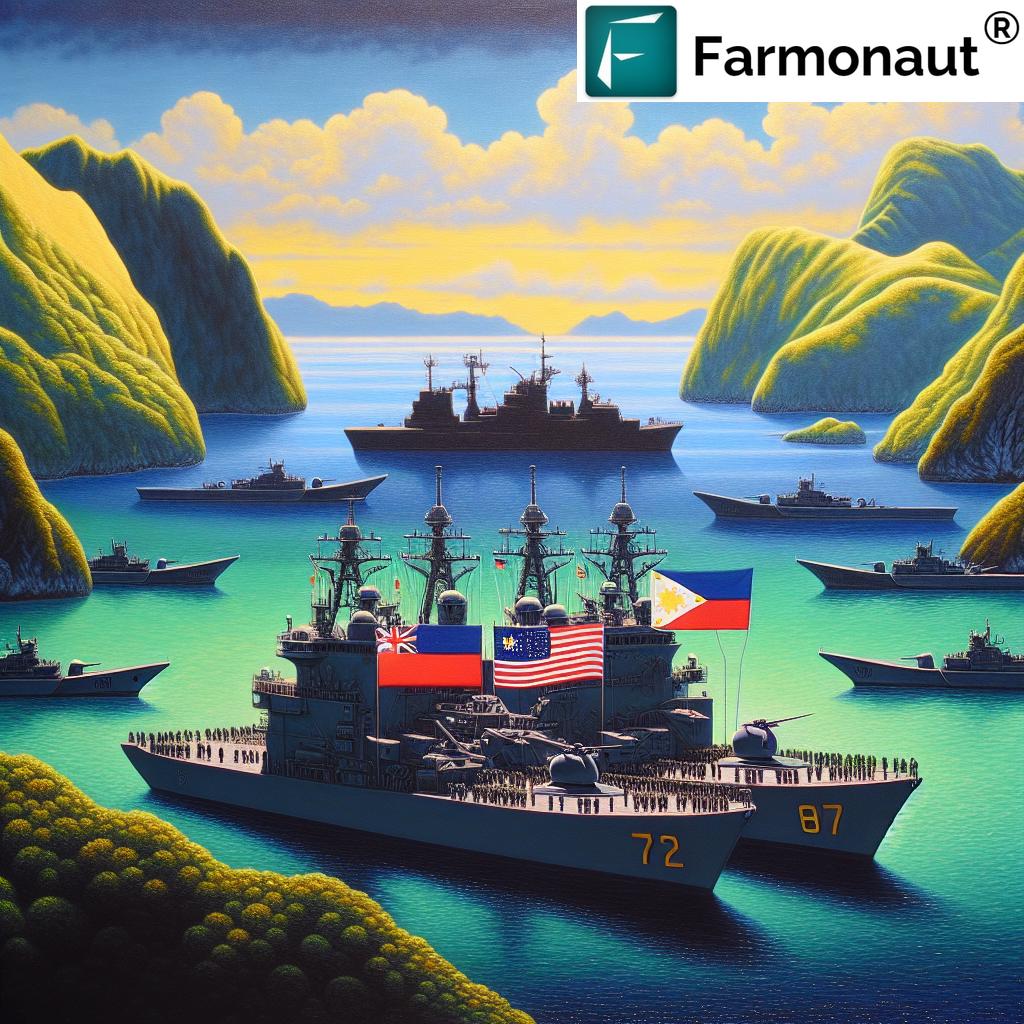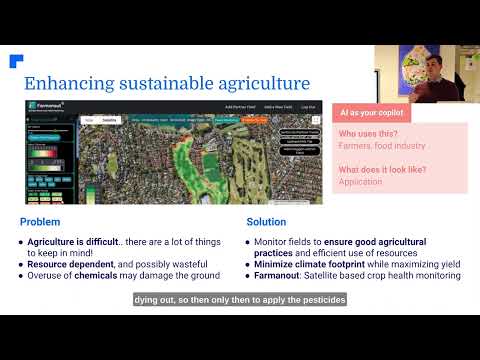New Zealand Philippines Defence Pact: 5 Key Impacts on Indo-Pacific
“New Zealand-Philippines defence pact marks a 50% increase in joint military exercises planned for the Indo-Pacific region.”
Introduction
The New Zealand Philippines defence cooperation has taken a momentous step forward with the recent signing of a troop pact, setting new benchmarks for military engagement in the Indo-Pacific region. With the growing complexity of South China Sea security dynamics and longstanding disputes involving Manila, Beijing, Brunei, Malaysia, and Vietnam, the region has become a focal point for global powers.
This new partnership—cemented through the Status of Visiting Forces Agreement (SOVFA) signed in Manila—enables both New Zealand (NZ) and the Philippines to station troops on each other’s soil, thereby facilitating smoother military cooperation. It comes at a critical time, as China’s South China Sea claims and assertive actions continue to escalate tensions, risking the security of vital trade arteries.
In this comprehensive analysis, we break down the five key impacts of the New Zealand Philippines defence pact, outlining how it reshapes Indo-Pacific regional stability, strengthens alliances, and influences strategic calculations in the shadow of China.
Background: Evolving Defence Relations in the Region
To understand the significance of this new agreement, we must first appreciate the evolving context of New Zealand and Asia Pacific relations. Historically, New Zealand has maintained a neutral, yet pragmatic, defence policy—preferring diplomacy but not shying away from reinforcing security partnerships, especially amidst pressures from China and, increasingly, Russia.
Last year, New Zealand partook in joint maritime exercises alongside the Philippines, United States, Australia, and Japan for the first time in the South China Sea. These maneuvers are not only a show of solidarity but also an operational response to the intensifying Manila Beijing maritime dispute—one of the most pressing flashpoints in the region.
Moreover, New Zealand’s commitment is underscored by an ambitious plan to boost defence spending by NZ$9 billion (about USD 5 billion) over four years, aiming to approach 2% of its GDP within eight years. This increase is paralleled by advocacy for inter-regional cooperation, making the SOVFA more than a symbolic move; it represents a profound policy shift.
Status of Visiting Forces Agreement: A New Foundation
The Status of Visiting Forces Agreement (SOVFA) marks a watershed in the Philippines and New Zealand partnership. Signed in Manila by Defence Secretary Gilberto Teodoro and NZ Defence Minister Judith Collins, this pact allows for the mutual deployment of military personnel, simplifying logistics, legal frameworks, and joint operations.
This SOVFA operates as the legal backbone for expanded multinational drills, humanitarian missions, and rapid disaster relief—functions that were previously hindered by procedural and bureaucratic obstacles. For the Indo-Pacific, this means faster response times and greater interoperability amongst allied nations.
Key features of the SOVFA include:
- Right to station troops on each other’s soil
- Clear legal protections and protocols for personnel
- Streamlined customs, logistics, and supply chains for military hardware
- Joint access to bases and defence infrastructure in both nations
5 Key Impacts of the New Zealand Philippines Defence Pact on Indo-Pacific
Let us break down the principal impacts that this pact has on Indo-Pacific regional stability:
- Expansion of Joint Military Exercises: Increased frequency and scope of multinational military drills, especially around the South China Sea.
- Enhanced Maritime Security: More robust maritime patrols, intelligence gathering, and anti-piracy operations securing vital shipping lanes against both state and non-state threats.
- Strengthened Regional Alliances: Reinforced collaboration with like-minded partners, counterbalancing China’s rise and fostering trust among ASEAN members such as Brunei, Malaysia, and Vietnam.
- Defence Technology and Knowledge Exchange: Deeper integration of military systems, joint trainings, and technological transfers fortifying the defence posture of both nations.
- Strategic Deterrence: Enhanced capacity to deter aggression by presenting a united front, raising the costs for unilateral moves in contested areas by Beijing or other actors.
“Over 60% of South China Sea trade routes are now under enhanced security due to this landmark troop agreement.”
Comparative Impact Table: Defence Pact Effects on Indo-Pacific Security
| Impact Area | Pre-Pact Status (Estimated) | Post-Pact Expected Change (Estimated) | Regional Implications |
|---|---|---|---|
| Joint Military Exercises | 1-2/year (Mostly Bilateral/Small Group) | 3-4/year (Broader Multinational Participation, +50%) | Upskilled forces, rapid mobilisation, strong deterrence |
| Maritime Security | Patchy patrols, limited interoperability | Integrated patrols, advanced surveillance, near-real-time data sharing | More secure trade, better anti-piracy action, deterred illegal activity |
| Regional Alliances | Loose, occasional consultation | Formalised linkages, more joint strategies, visible solidarity | Greater leverage against external pressure, closer ties across ASEAN |
| Defence Technology Exchange | Ad-hoc, mostly through commercial channels | Joint training, AI-based systems sharing, logistics integration | Higher defence capability, accelerated modernisation |
| Strategic Deterrence | Reactive; limited, easily challenged | Proactive, unified posture, multi-vector response ability | Low likelihood of aggressive incidents, muted coercion |
Boosted Maritime Security in Indo-Pacific
The threat environment in the South China Sea has grown increasingly volatile, with China’s South China Sea claims infringing on the interests of regional stakeholders such as Philippines, Brunei, Malaysia, and Vietnam. The recent New Zealand Philippines defence cooperation directly addresses these challenges by expanding joint maritime patrols and enhancing data sharing.
- Enhanced Patrol Frequency: With a 50% increase in planned joint exercises, security presence in the region’s most contested waters rises significantly.
- Integrated Surveillance: Information fusion between New Zealand’s advanced naval assets and Philippine forward bases enables faster identification of illicit activities, from piracy to smuggling and illegal fishing, improving overall maritime security.
- Deterrence by Presence: The ability to deploy on each other’s soil demonstrates resolve, discouraging unilateral actions by actors like Beijing.
For the regional trading network—where over 60% of South China Sea trade routes now fall under enhanced security—this means greater stability for critical supply chains.
Addressing the Manila Beijing Maritime Dispute
One of the most visible outcomes of this pact is its influence on the Manila Beijing maritime dispute. Despite international rulings supporting the Philippines’ territorial claims, China has steadily built up artificial islands and militarized outposts within contested zones.
Joint drills, made possible by the SOVFA, bolster the Philippines’ position by demonstrating that it has willing and capable partners—namely New Zealand—to support its sovereignty. This not only raises the stakes for Beijing but encourages other ASEAN nations like Brunei, Malaysia, and Vietnam to form a united diplomatic front.
- Legal Backbone for Operations: The SOVFA eliminates red tape, ensuring that joint drills, reconnaissance, and freedom of navigation operations are both efficient and legitimate.
- Regional Confidence: Local communities and allied governments gain confidence from visible international support.
In this way, the New Zealand Philippines defence cooperation shifts the South China Sea security calculus in Manila’s favor, creating a more robust coalition to counterbalance China.
Defence Technology and Knowledge Exchange
A less-discussed, yet crucial, impact of the SOVFA is the potential for defence technology and knowledge exchange. As both countries align their logistical systems and training standards, we anticipate advancements such as:
- Integration of AI and Satellite-Based Systems: Adopting AI for predictive analytics and integrating multispectral satellite surveillance for improved operational awareness.
- Joint Training Programs: Exchange of best practices in simulation-based warfare, cyber defence, and unmanned vehicle deployment.
- Interoperability: Synchronizing communications and command systems to allow seamless coordination during joint exercises or humanitarian missions.
The mutual adoption of innovative, tech-driven solutions holds the promise of modernizing both nations’ forces—something increasingly important in today’s rapidly evolving threat environment.
On a parallel note, advanced technologies like AI and satellite imagery are also revolutionizing agriculture and critical civilian infrastructure in the Indo-Pacific. With Farmonaut’s platform—which supports satellite-based crop health monitoring and real-time advisory systems—similar principles of technology integration enhance other key sectors, including food security and natural resource management.
For agribusinesses seeking efficient resource utilization, Farmonaut’s fleet management solutions optimize logistics and vehicle tracking, mirroring the operational coordination seen in modern defence collaborations.
Farmonaut’s Role in a Secure Indo-Pacific (Agri-Tech Perspective)
While the New Zealand Philippines defence pact is primarily a military accord, its ripple effects are felt far beyond defence circles. A secure Indo-Pacific enhances:
- Agri-Supply Chain Stability: Safe maritime corridors mean agricultural products can move efficiently between New Zealand, the Philippines, Brunei, Malaysia, Vietnam, and beyond, promoting food security and economic growth.
- Disaster Response: As disaster-prone nations, both New Zealand and the Philippines benefit from joint response protocols, contributing to stabilizing agricultural production and fast recovery from crises. Farmonaut’s real-time advisory and resource management tools support these efforts on the ground by improving disaster resiliency in farming communities.
- Sustainability Initiatives: Stable regions can focus more on climate adaptation and carbon tracking. Farmonaut’s carbon footprinting services help stakeholders comply with environmental goals, aligning with the broader Indo-Pacific emphasis on sustainable development.
For banks and insurance providers in the region, Farmonaut’s Crop Loan and Insurance verification leverages satellite-based data to streamline claim assessment and expand financial inclusion, further supporting resilience in the context of regional stability.
To enable full, transparent product traceability, visit Farmonaut’s blockchain-based traceability platform—designed to guarantee fairness from farm to table.
How to Access Farmonaut Solutions
Farmonaut enables global access through multi-platform support:
- Farmonaut’s Web & Mobile App: In-depth satellite analytics and advisories for all stakeholders.
- Satellite Data API (Developer Docs): Seamless integration of Farmonaut’s intelligence into third-party systems, invaluable for governments and businesses in the Indo-Pacific region.
Explore large-scale solutions via the Farmonaut Agro Admin App—ideal for enterprise users, government agencies, and NGOs.
Frequently Asked Questions (FAQ)
What is the New Zealand Philippines defence pact?
It’s a formal Status of Visiting Forces Agreement (SOVFA) between New Zealand and the Philippines, signed in Manila, which allows mutual deployment of troops and simplifies defence cooperation across both nations’ soil.
How will the pact affect South China Sea security?
The pact increases joint patrols and exercises in the region, enhancing maritime security and providing a stronger deterrent against aggressive actions like China’s South China Sea claims.
Why has New Zealand increased military spending recently?
In response to a 2023 security review, New Zealand is boosting spending (NZ$9 billion in four years) to address Indo-Pacific security challenges, including climate change and great power tensions.
What role does Farmonaut play in the Indo-Pacific security context?
While Farmonaut is not a defence agency, its technologies support food security, disaster resilience, and sustainability—sectors closely linked to stable, peaceful regions.
Are there broader implications for ASEAN nations?
Yes, enhanced cooperation between New Zealand and the Philippines is likely to embolden other ASEAN members like Brunei, Malaysia, and Vietnam toward more substantial alliances and shared security measures.
Conclusion: Paving the Way Forward for Indo-Pacific Stability
The New Zealand Philippines defence cooperation stands as a milestone in the evolving security architecture of the Indo-Pacific. The Status of Visiting Forces Agreement not only strengthens bilateral relations but also amplifies regional alliances in the face of complex South China Sea security issues and longstanding claims from China, Brunei, Malaysia, and Vietnam.
By facilitating greater military integration, advancing technological exchange, and supporting a stable trading environment, this pact enhances the collective capacity of the region’s stakeholders—ushering in a new era of readiness against both traditional and non-traditional threats. As allies and businesses (from defence to agriculture and beyond) embrace innovation and partnership, the Indo-Pacific can look forward to not only greater stability but also sustainable growth for decades to come.
For stakeholders in the agriculture sector—and any industry reliant on security, supply chain resilience, and sustainability—solutions like Farmonaut offer a powerful toolkit for managing risks, optimizing resources, and leveraging the data revolution. By integrating advanced technologies and fostering international cooperation, we can all contribute to a safer, more prosperous Indo-Pacific.








